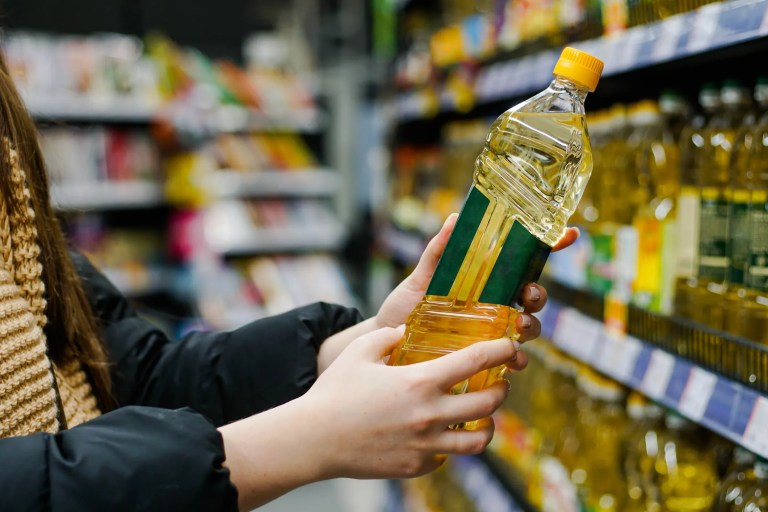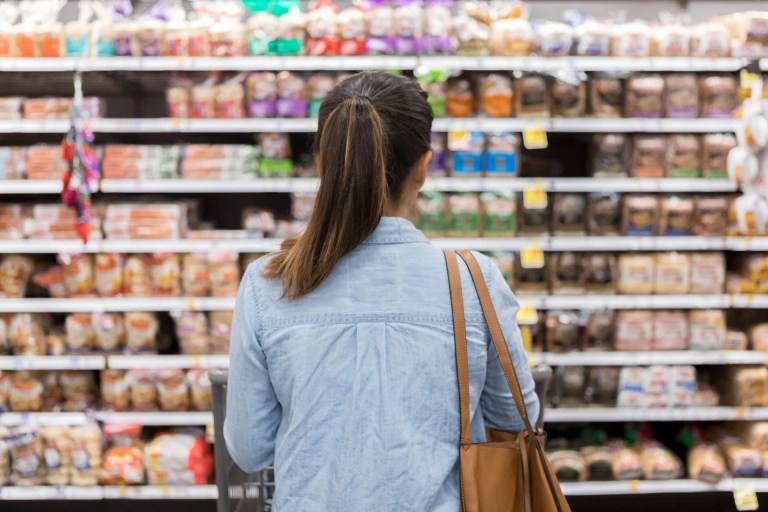The Seed Oil Debate: Why Standards Matter in Health Talks
In recent years, seed oils have taken center stage in conversations about health, nutrition, and food quality. From being lauded for their heart-healthy unsaturated fats…

In recent years, seed oils have taken center stage in conversations about health, nutrition, and food quality. From being lauded for their heart-healthy unsaturated fats…

With all the food prep and cooking involved in Thanksgiving, it is important not to overlook one critical aspect: food safety. ISO 22000:2018, the international…

It is estimated that 70% of the US food supply is comprised of ultra-processed foods (UPFs), 55% of calories from people aged 1 and older in…

In the global food market, understanding the differences between European and US food standards is critical. For instance, picture this: you are perusing the bread…

If you are shopping at a mega-supermarket chain, you are likely purchasing wet scallops without realizing it. While wet and dry scallops may look similar,…

The Centers for Disease Control and Prevention (CDC) found that 81% of investigated foodborne illness outbreaks were attributed to contamination of hands and surfaces, highlighting…

Animal feed quality control directly impacts the safety and quality of animal products intended for human consumption. It involves a range of tests and measures…

Popular claims on products today include “clean,” “natural,” “regenerative,” “free-range,” “sustainably harvested,” and “green.” None of these claims are federally regulated—but “organic” is. All products…

Rather than beans, coffee beans are actually considered seeds of the coffee cherry fruit. Growing on tall shrubs and bushes that resemble a berry bush,…